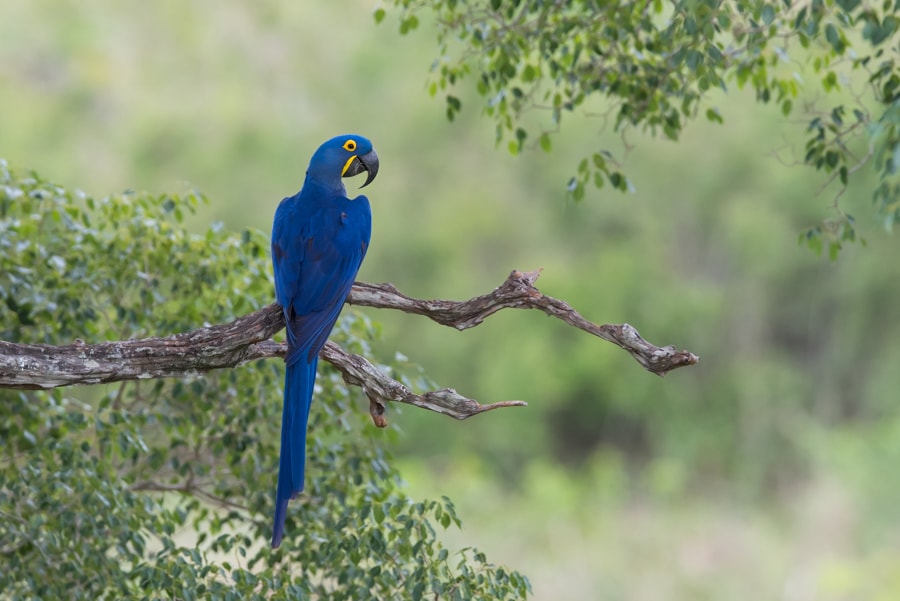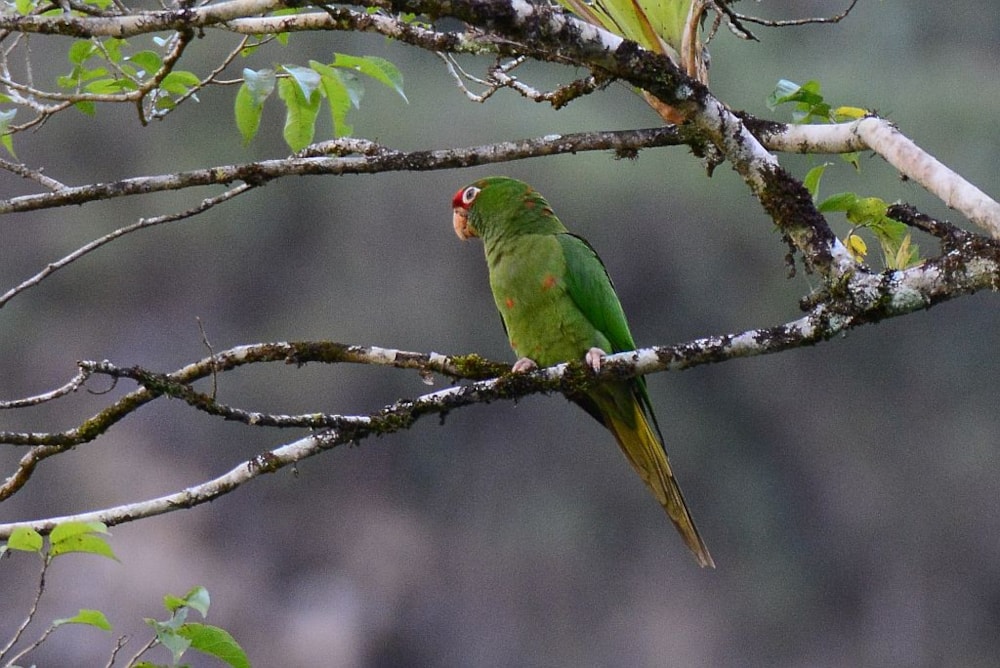A report has found that the illegal international trade of live birds has been reduced to its lowest level in South America in decades. Bird's-eye View: Lessons from 50 Years of Bird Trade Regulation and Conservation in Amazon Countries provides a comprehensive overview of the bird trade in Brazil, Colombia, Ecuador, Guyana, Peru and Suriname. The report's findings show that South Africa was the world's leading exporter of South American parrots between 2000 and 2013, after the Amazon countries largely abandoned the export of wild birds. However, underground bird trade remains a real problem in certain South American nations, in particular Guyana, Peru and Suriname.
In 1967, following decades of devastating exploitation and huge declines in many bird populations, Brazil became the first country in South America to ban the commercial sale of wild animals, instead fulfilling demand through captive-breeding programmes. However, hundreds of thousands of birds were subsequently captured to supply international trade and laundered through countries where such exports were still legal, including Argentina, Bolivia and Paraguay.
Bernardo Ortiz-von Halle, author of the report, commented: "Brazil has produced the opposite situation of a market monopoly: it has unintentionally placed the right to benefit commercially from the trade in its native species in the hands of any other country that chooses to profit from them."
An example is Hyacinth Macaw. During the 1980s, up to 10,000 were captured, many ending up in captive-breeding facilities where production costs were lower than in Brazil. As a result, wild populations were seriously depleted. Conservation efforts in Brazil have since boosted the hopes of this species, with the Philippines becoming the world's main legal exporter of Hyacinth Macaws.
The complete trade ban in Brazil was largely mirrored in Ecuador and Colombia, and nowadays ecotourism is becoming an increasingly important part of the economy of these countries. Peru is also actively promoting itself as a birding destination, but alongside Guyana and Suriname, the country still allows exports of wild-caught birds from some 101 species.
Between 2000 and 2013, Peru commercially exported 37,233 birds listed in the Convention on International Trade in Endangered Species of Wild Fauna and Flora (CITES) – a fifth of such species exported from Amazon countries – with the majority two types of parrot: Cordilleran Parakeet and Mitred Parakeet. Between 2000 and 2016, Guyana exported 145,000 birds belonging to 24 CITES Appendix II-listed species and Suriname exported 74,890 parrots between 2000 and 2013. In Guyana, it's estimated that 5 per cent of the country's rural population benefit from this economic activity.
Although bans have resulted in a disappearance of birds for sale on the streets, much of the trade has gone underground. Peru, both as a recipient and source of wild bird species from and to its neighbours, is the biggest regional challenge. Brazil, too, continues to have a serious problem with internal trade of songbirds, despite stringent law enforcement efforts. Many of these birds are destined for 'songbird competitions', where spectators bet money on the outcomes of how many songs or phrases a bird will sing in a set time period.
Ortiz von-Halle added: "Habitat loss remains the greatest threat to wild bird populations in Amazon countries, while the banning of most bird trade in the region has had some unexpected consequences such as effectively exporting the region's biodiversity resources and the removal of economic incentives to conserve habitats and species.
"The complexities of the bird trade have been underestimated: to secure a future for the region's increasingly threatened birds we need integrated strategies that seek urgently to halt or reverse habitat destruction and improve enforcement, complemented with economic incentives for local income generation through tourism and sustainable."


No comments:
Post a Comment